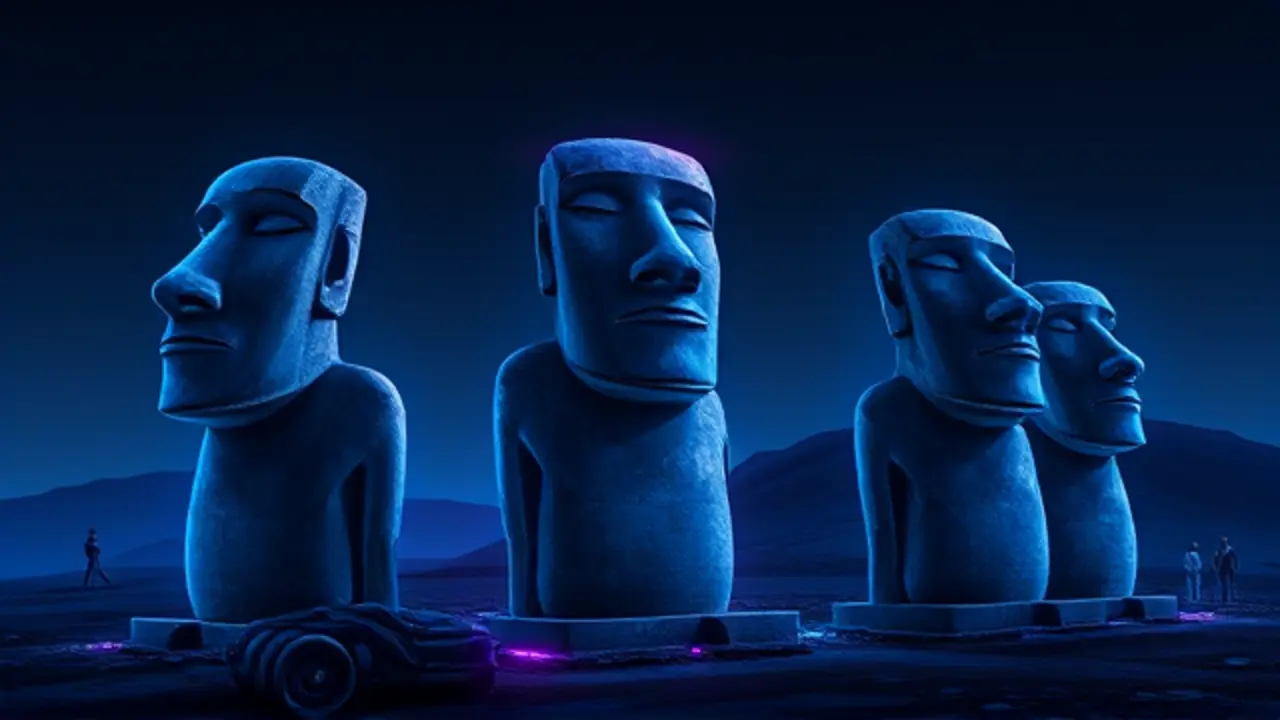New Theory on How Easter Island Statues Were Moved
The monolithic moai statues of Easter Island have stood as one of archaeology's most profound and silent enigmas, their colossal stone faces gazing inland from the volcanic slopes of Rano Raraku as if guarding secrets of a lost civilization. For centuries, the prevailing question has been not just why they were built, but the seemingly Herculean feat of how they were transported across miles of rugged terrain, with some of these figures weighing upwards of 80 tons.The classic image of hundreds of laborers painstakingly dragging them on log rollers has been a staple of textbook explanations, but a new, more dynamic theory is gaining traction, one that suggests the statues were not dragged at all, but rather 'walked' to their final positions. This hypothesis, reminiscent of the way one might carefully rock a heavy refrigerator into place, posits that teams of islanders used a coordinated system of ropes to rhythmically sway the moai from side to side, edging them forward in a stilted, upright gait.The evidence for this isn't merely speculative; it draws from oral histories passed down through generations and is supported by modern experimental archaeology, where replicas have been successfully maneuvered by surprisingly small groups using this exact technique. This challenges the long-held narrative of ecological collapse, where the island was thought to have been stripped of trees to create the necessary rollers, a parable of environmental ruin.Instead, this 'walking' theory paints a picture of a sophisticated and ingenious society that deeply understood physics and leverage, a culture that mastered its environment through intellectual prowess rather than brute force. It reframes the story of Rapa Nui from a cautionary tale of a people who foolishly consumed their resources into one of a resilient community that developed an elegant engineering solution to a monumental problem.The implications stretch beyond the Pacific, forcing a reconsideration of how prehistoric societies accomplished what we perceive as impossible, much like the mysteries of Stonehenge or the pyramids. It’s a cosmic puzzle, a testament to human ingenuity that echoes our own modern endeavors to solve grand challenges, from landing rovers on Mars to probing the depths of theoretical physics. The moai, it seems, were not just passive monuments, but active participants in a carefully choreographed dance of human ambition and stone, a dance we are only now beginning to understand.
Latest News
JWST may have found the Universe’s first stars powered by dark matter
4 days ago0 comments
Indian Startup Airbound Raises $8.65M for Rocket Drone Deliveries
4 days ago0 comments
Nobel winner warns Europe is losing tech race.
4 days ago0 comments
Chinese Scientists Restore Ancient Love Poem with AI
4 days ago0 comments
Scientists build artificial neurons that work like real ones
4 days ago0 comments
Popular hair-loss pill linked to depression and suicide
4 days ago0 comments
This new blood test can catch cancer 10 years early
4 days ago0 comments
Hong Kong Entrepreneur Fights Dementia with Cultural Games
4 days ago0 comments
It’s quiet here...Start the conversation by leaving the first comment.
© 2025 Outpoll Service LTD. All rights reserved.
